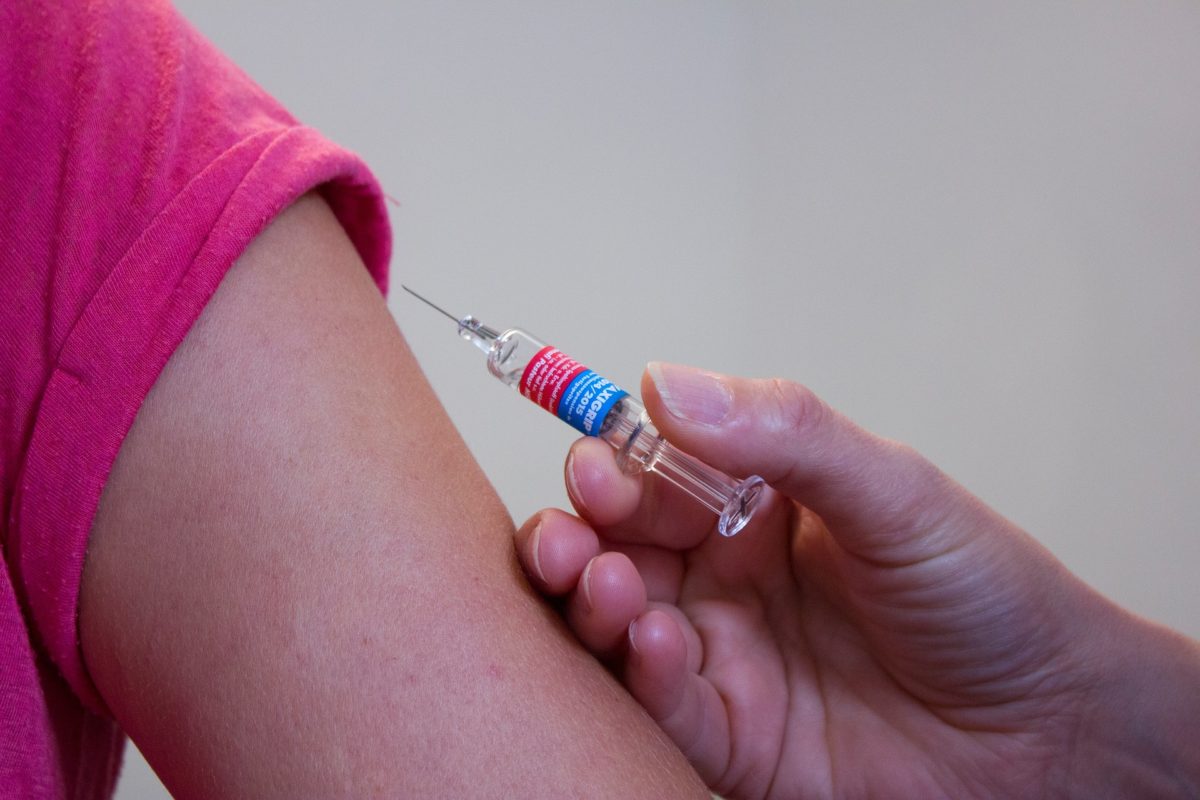KUALA LUMPUR, Dec 2 — Moderna said its Covid-19 vaccine was 94.1 per cent effective in preventing Covid-19 infection and completely effective in preventing severe coronavirus cases.
On November 30, the American biotechnology company released updated efficacy data for its Phase Three clinical trial, CNN reported.
Moderna’s study involved 30,000 people in the United States: 15,000 received the placebo shot, which is a shot of saline that does nothing to the body, while approximately 15,000 people received Moderna’s candidate vaccine.
Among the 15,000 people who received the placebo shot, 185 of them developed Covid-19, while among the 15,000 who received the Covid-19 vaccine, 11 individuals were infected with the coronavirus.
This translates to an efficacy rate of 94.1 per cent at preventing Covid-19.
Meanwhile, none of the 11 people who received the Covid-19 vaccine and still got infected with Covid-19 became severely ill. However, among the 185 individuals who received the placebo injection and contracted the coronavirus, 30 of them became severely ill and one of them died.
According to Moderna’s chief medical officer Dr Tal Zaks, the vaccine had similar efficacy rates for elderly people and racial minorities.
Moderna’s vaccine uses the novel messenger RNA (mRNA) technology to elicit a response in the human body, which is similar to Pfizer’s vaccine, from synthetic genetic material. An mRNA vaccine instructs the body to produce one of the proteins on the surface of the coronavirus, which leads to the immune system producing antibodies against it. According to the US Centres for Disease Control and Prevention (CDC), the synthetic mRNA from the vaccine does not enter a cell’s nucleus or affects a person’s DNA.
Moderna’s Covid-19 vaccine requires two shots administered one month apart, while Pfizer’s vaccine is administered in two doses, three weeks apart.
For shipping and long term storage, Moderna’s vaccine has to be maintained at minus 20 degrees’ Celsius, which can be stored up to six months. The vaccine remains stable at between two and eight degrees’ Celsius for 30 days. Once the vaccine is removed from the refrigerator for administration, the vaccine can be kept at room temperature conditions for up to 12 hours.
On the other hand, Pfizer’s vaccine requires a storage temperature of minus 70 degrees’ Celsius, which gives it a shelf life of up to six months. The vaccine can only be stored up to five days at a fridge temperature of two to eight degrees’ Celsius.
On November 30, Moderna applied to the US Food and Drug Administration (FDA) for authorisation of its Covid-19 vaccine, being the second company to apply to the FDA for an emergency-use authorisation of a Covid-19 vaccine after Pfizer.
The FDA is scheduled to meet with its Vaccines and Related Biological Products Advisory Committee on December 10 to review Pfizer’s application and on December 17 to review Moderna’s application.
Dr Paul Offit, a member of the FDA’s vaccine advisory committee, reportedly stressed that it is important to look and see why some people still contracted Covid-19 even after being vaccinated.
“Were they more likely to be older? Were they more likely to be African-American or obese or have underlying medical problems like diabetes?” Offit was quoted saying.
Once FDA grants a vaccine emergency-use authorisation, within a day or two, an advisory committee from the US CDC will make a recommendation on the priority groups that should be vaccinated first, such as health care workers and nursing home residents.
Once these recommendations are made, the vaccines can then be administered to these groups of people.
Moderna has also planned to apply for authorisation from the European Medicines Agency.
Moderna expects to have approximately 20 million doses of its vaccine by the end of 2020 in the United States and is in the process to manufacture 500 million to one billion doses globally next year.








